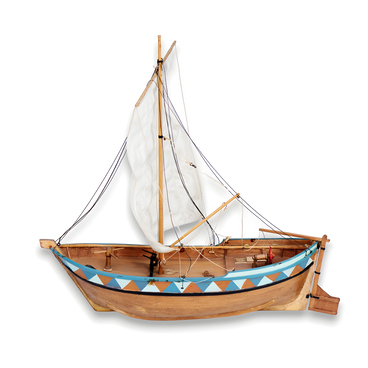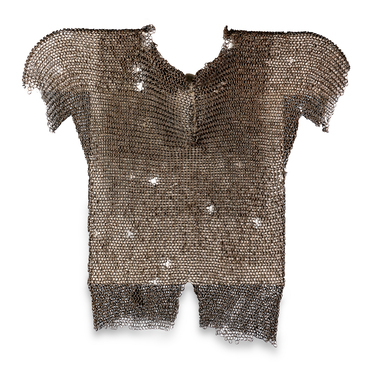Winter clothing of nomadic and settled Koryaks was made of reindeer skins. The skins of young animals, from newborns to seven-month-olds, were used for making kukhlyankas. The warmest clothes were made from the skins of young animals slaughtered in late fall. Their fur was thin, soft, not very long, but dense.
The skins of adult animals were not used, as it was very difficult to move around in them: the deer skin was very heavy. The furs of wolf, dog or wolverine were used for finishing and decorating winter clothes. The basic cut of the winter kukhlyanka was the same for men and women. It looked like a fur shirt, which had to be pulled over the head.
The men’s kukhlyanka, especially among the nomadic Koryaks who drove sleds, was shorter than the women’s and did not reach the knees. Old men’s winter clothing sometimes covered their knees. The sleeves were made wide enough at the top to allow hands to be easily pulled inside and hidden under the kuhlyanka. At the wrist they were narrow and prevented access to cold air. Travel kukhlyanka had a hood.
A fur bib was sewn on the front of the kuhlyanka. It was made of skins from reindeer legs (kamus). The bib served to protect the face from the cold wind. In burial clothing, it was also used to cover the face of the deceased.
Winter kuhlyanka garments could consist of two fur shirts (one inside the other), which were put on and taken off together. The inner shirt was made to be worn with fur against the body, the outer one with fur facing outside. They were not sewn together. Summer clothes did not differ much from winter clothes. There were very few really hot days in summer in the region. Therefore, during this period, as well as in spring and fall, old, worn-out winter garments were worn, just a single one, with heavily frayed fur.
All clothes were made by
women. Girls from the age of ten helped their older female relatives. Leather
was dyed with various natural pigments. Infusion of alder bark produced ochre
color of different shades, that of stone birch — dark yellow and brown
colors, alder bark with natural ochre was used to obtain bright red dye.


